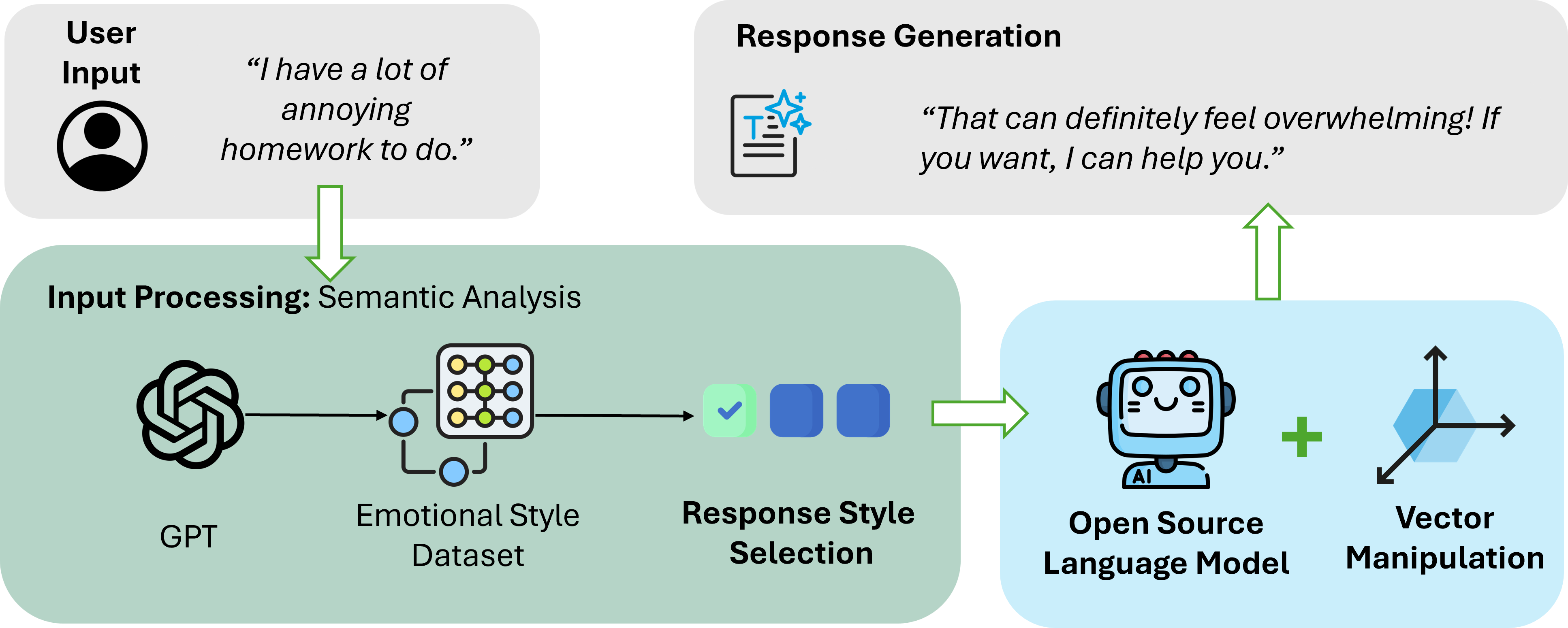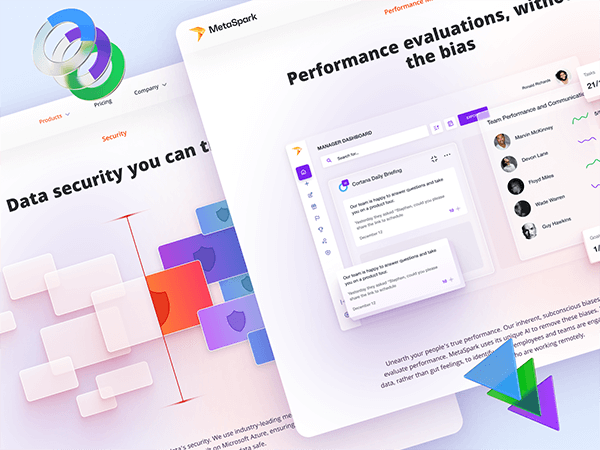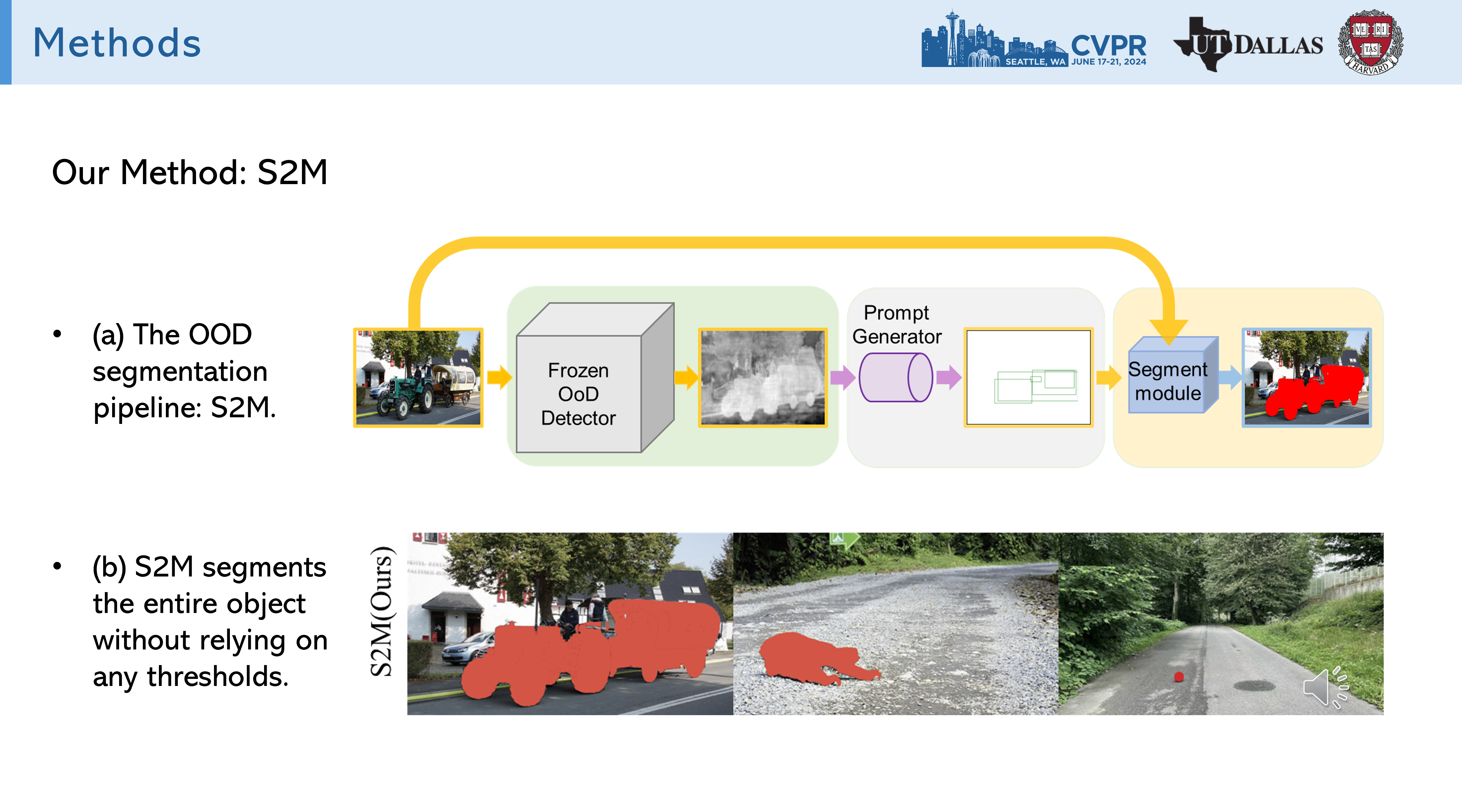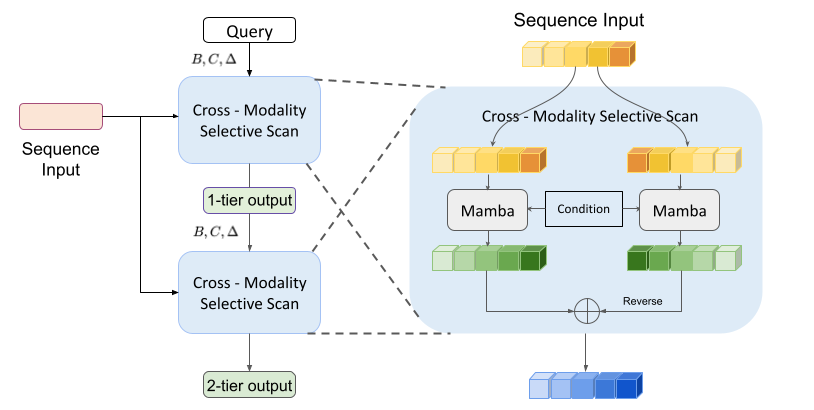About me
I'm a CS PhD student at the University of Texas at Dallas, where I study on computer vision and computer audition following Prof. Yapeng Tian.
Prior to UTD, I got a Bachelor of Science in Mathematics from Sichuan University.
News
Publications
Projects
-
[IAPRR Project]HAYSTAC
Systematically detects and validates trajectory anomalies through five integrated components: trip-level feature extraction, anomaly detectors, two-stage empirical calibration, nonparametric statistical scanning (NPSS), and final empirical calibration
-

[Project]EMO: Emotional Modulation and Optimization for Conversational AI
To develop EMO, we introduced a modular framework using emotional principal component vectors to manipulate hidden states, enabling precise emotional control.













